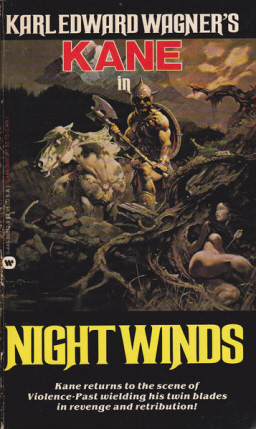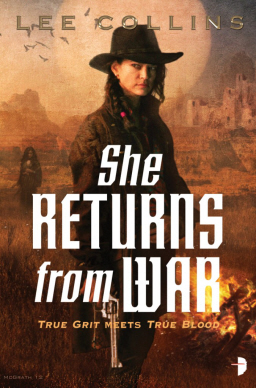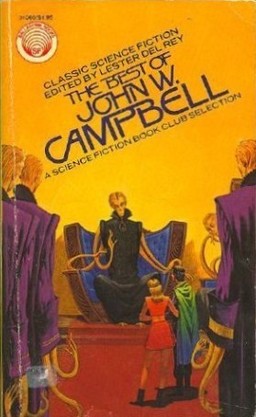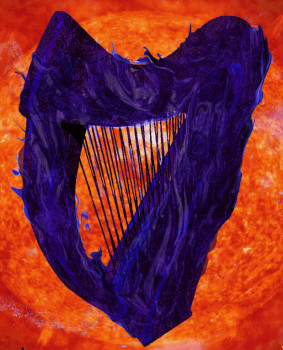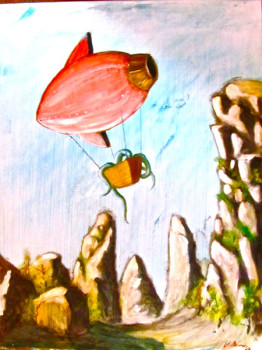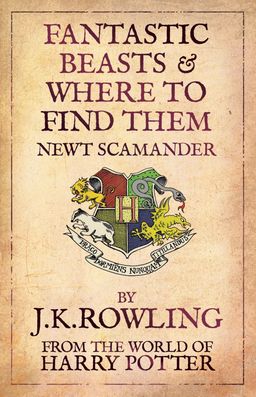Night Winds by Karl Edward Wagner
“He’s evil incarnate! Stay away from him!”
— from Darkness Weaves
Long before the coiners of the term grimdark were born, Karl Edward Wagner was creating some of the most aggressively unheroic fantasy. There had always been a dark current to swords & sorcery from the genre’s beginnings in the 1930s with Robert E. Howard. But not even Michael Moorcock’s 1960s antiheroes prepared S&S fans for Wagner’s 1971 novel Darkness Weaves and its amoral mystic swordsman, Kane.
Six feet tall and “three hundred pounds of bone, sinew, and muscle,” Kane is cursed to live forever for rebelling against the god who created him. Peering out from his fiery red hair and beard, his blues eyes blaze with a killer’s fury — a warning to all who cross his path. Though a violent death can free him from his accursed immortality, he is determined to survive.
Over the course of three novels and seventeen stories, Kane plots and murders his way across continents and centuries. He is by turns a mighty sorcerer, a bandit lord and a lone wanderer. While it’s explicitly stated in one story that Kane is “seldom needlessly cruel,” he’s seldom sympathetic.
It’s in the two collections of short stories, Death Angel’s Shadow (which I reviewed last year at my site) and Night Winds, that Wagner crafted his greatest swords & sorcery. His novels, Bloodstone, Dark Crusade, and Darkness Weaves, all have their moments, but they don’t have the short, sharp, shock of the stories. While the books are memorably epic, the stories are fast-paced nightmares.
